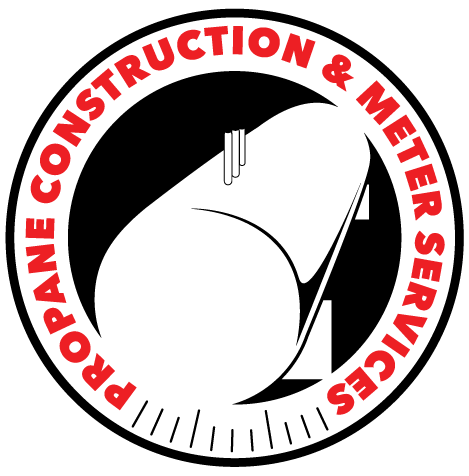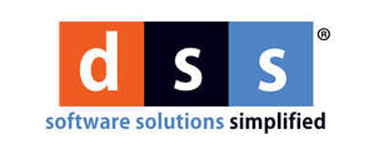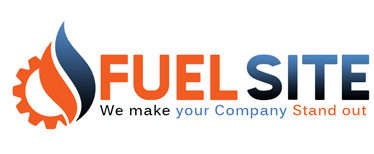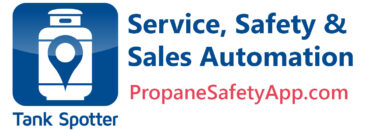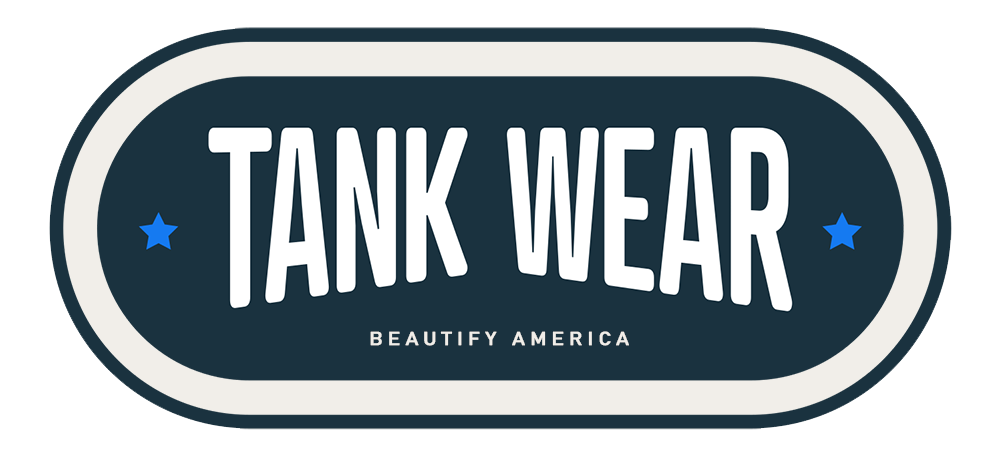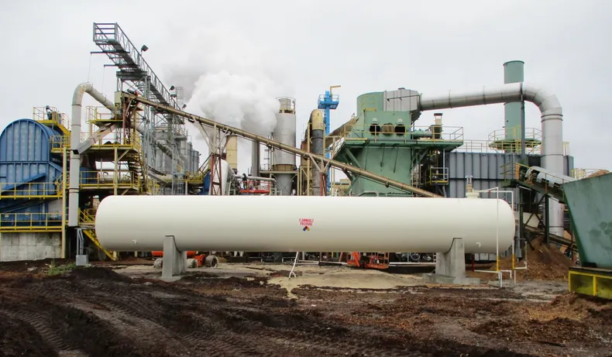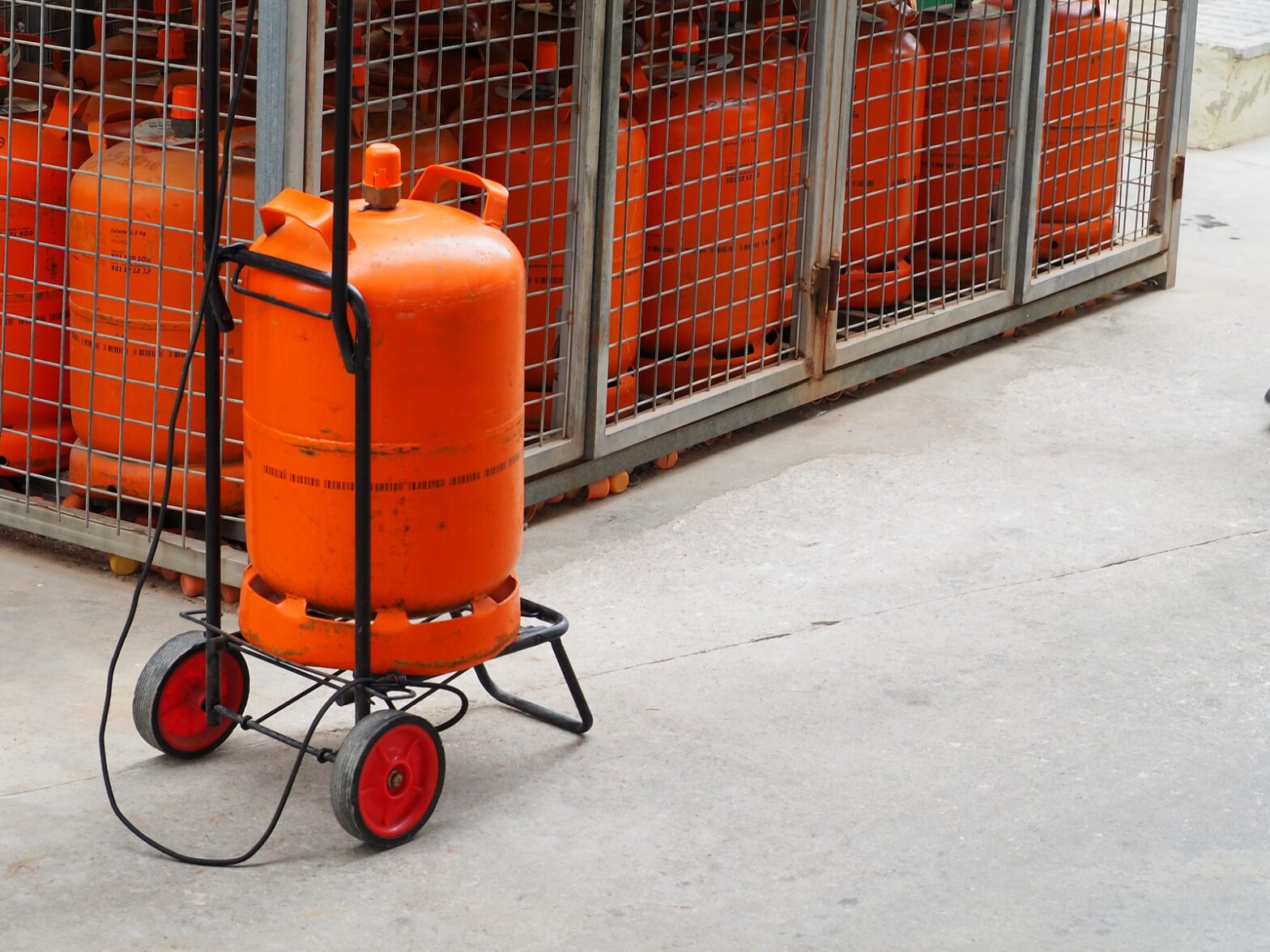Quantifying Compliance in the Propane Industry: Leveraging Documentation Data

In the highly regulated propane industry, ensuring compliance is not just a legal requirement but a paramount aspect of maintaining safety, reliability, and operational efficiency. Documentation data, often overlooked as mere paperwork, plays a pivotal role in quantifying compliance.
The Significance of Documentation Data in Compliance Measurement
Compliance within the propane industry encompasses a broad spectrum, including safety regulations, environmental standards, transportation guidelines, and more. With the complexity of these requirements, quantifying compliance is not a simple task. This is where documentation data steps in as a reliable source of information. From transactional records to safety inspections and regulatory documentation, these records serve as a tangible trail of the company’s adherence to various regulations.
Types of Documentation Data for Compliance Quantification
1. Transactional Records: The foundation of any propane business lies in its transactions. Order and delivery records, invoicing, and billing documentation provide a clear overview of the company’s transactions, ensuring compliance with delivery schedules, pricing regulations, and contractual obligations.
2. Safety and Maintenance Records: Propane companies must maintain a rigorous schedule of safety inspections and equipment maintenance. Inspection reports and maintenance logs become invaluable in showcasing compliance with safety regulations and the commitment to maintaining operational integrity.
3. Regulatory Documentation: To operate within legal bounds, propane companies must possess the necessary permits, licenses, and documentation required by regulatory bodies. These documents demonstrate compliance with specific industry standards and legal obligations.
Quantifying Compliance Through Documentation Data
1. Automated Data Analysis: By leveraging data analytics tools, propane companies can automate the analysis of vast amounts of documentation data. This process identifies compliance trends and anomalies, allowing for timely corrective actions.
2. Key Performance Indicators (KPIs): Establishing KPIs tailored to compliance metrics offers a clear benchmark for adherence to safety regulations. Tracking these KPIs facilitates a data-driven approach to compliance management.
3. Historical Data Comparison: Comparing current compliance data with historical records helps evaluate improvements or deviations in compliance levels. This data-driven retrospective analysis aids in strategizing future compliance efforts.
Enhanced Compliance Reporting
1. Data Visualization: Graphical representations of compliance data transform complex information into easily digestible insights. This aids in conveying compliance information effectively to stakeholders, fostering better understanding and decision-making.
2. Real-time Monitoring: Implementing systems for real-time monitoring of compliance parameters enables proactive identification and resolution of compliance issues. Real-time alerts ensure swift action, minimizing potential risks.
Challenges and Considerations
1. Data Integrity and Accuracy: Accurate documentation is crucial for reliable compliance measurement. Addressing errors or discrepancies ensures the credibility of the compliance data.
2. Privacy and Security: Safeguarding sensitive compliance data is essential to prevent data breaches or unauthorized access. Adhering to data protection regulations ensures data security.
3. Human Factor: Training employees in proper documentation practices and cultivating a culture of compliance within the company promotes accurate and consistent data collection.
Future Trends in Compliance Quantification
1. Integration of IoT and Sensor Data: Propane companies are exploring the integration of IoT devices and sensor data to provide real-time insights into equipment performance and safety parameters.
2. Predictive Analytics for Proactive Compliance Management: Predictive analytics models can anticipate potential compliance breaches and offer insights into proactive measures, minimizing risks.
3. Blockchain Technology for Immutable Compliance Records: Blockchain’s inherent security can ensure the immutability of compliance records, enhancing transparency and trust.






